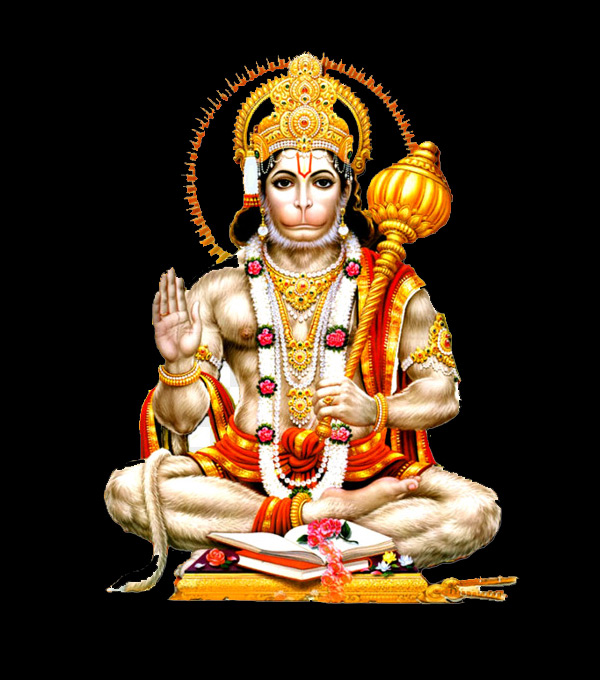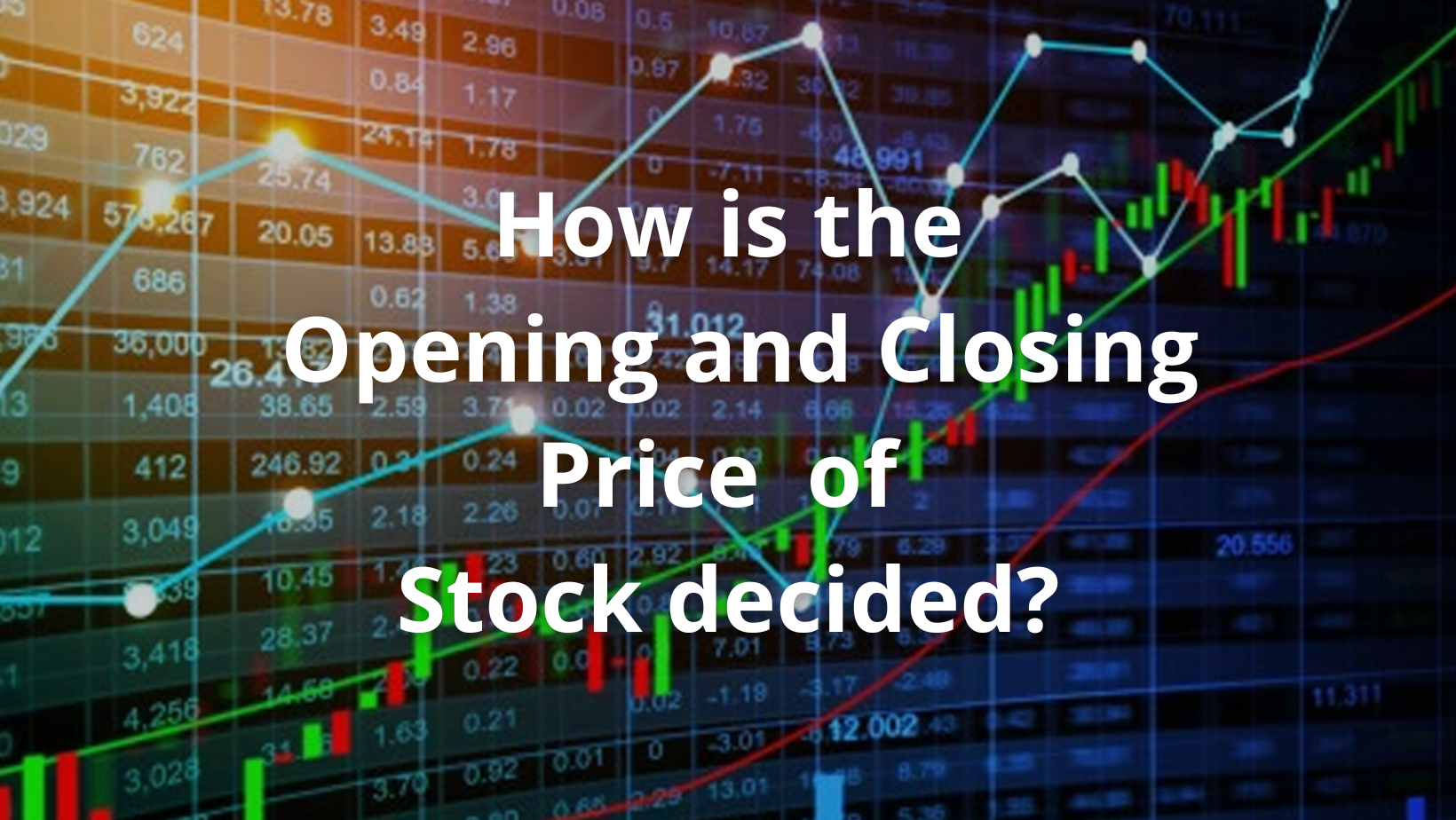The Indian stock market works for five days from Monday to Friday. There are some other holidays that are notified before the beginning of the year. The normal trading session is between 9:15 AM to 3:30 PM in both the major stock exchanges of India- BSE and NSE.
How is the opening price calculated?
The opening price is the price at which a stock first trades upon the opening of an exchange on a trading day.
For equities, the normal market timing is from 9.15 AM to 3.30 PM.
Before the normal trading session, there is a small pre-opening session from 9:00 AM to 9:15 AM every day. This is the period when the opening price of the shares is decided.
The pre-opening session is divided into three segments- The order collection period, order matching period, and buffer period.
- Order Collection Period – This period lasts for the first 8 minutes i.e. from 9:00 AM to 9:08 AM. One can place, modify and cancel their orders during this time frame. No execution of orders takes place during this period.
- Order Matching Period – As soon as the order collection period is over, the order matching period starts. This period lasts for 4 minutes i.e. from 9:08 AM to 9:12 AM. Placed orders are executed during this interval. One cannot place, modify, or cancel orders in this period. This is also called equilibrium price determination or Call auction. The opening price of the share is determined during this period. The order matching happens in the following sequence:
A. Eligible ‘limit’ orders are matched with eligible ‘limit’ orders.
B. Residual eligible ‘limit’ orders are matched with ‘market’ orders.
C. ‘Market’ orders are matched with ‘market’ orders.
- Buffer Period – This period lasts for 3 minutes i.e. from 9:12 AM to 9:15 AM. It is used for easy transition from pre-opening session to normal market session.
Now, let us understand how the opening price is decided with the help of an example.
Assume that during the order collection period, following demand (buy orders) and supply (sell orders) were available for different stock prices for a company.
Share Price | Demand | Supply | Maximum Tradable Quantity |
INR 70 | 15,000 | 900 | 2,000 |
INR 71 | 9,000 | 3,000 | 1,085 |
INR 72 | 5,000 | 5,100 | 3,000 |
INR 73 | 1,000 | 3,500 | 4,500 |
INR 74 | 600 | 2,000 | 750 |
Quick Note: The above table is created in a simple way to understand the basics. However, in real-time scenarios, there will be a huge volume of buy and sell orders, making it quite complicated.
The opening price is determined based on the principle of demand and supply mechanism. It occurs at the equilibrium price, where the maximum volume (tradable quantity) is executable.
In the above example, the maximum tradable quantity was possible at a share price of INR 73. Hence, INR 73 will act as the opening price for the share.
All the outstanding orders, which are not executed in the pre-opening session, will move to the normal market session.
How is the closing price calculated?
Both the exchanges, NSE and BSE close trading at 3:30 PM.
Mathematically, the closing price of any stock is the weighted average price of that stock in the last thirty minutes i.e. from 3:00 PM to 3:30 PM.
So, in order to know the closing price of a stock, one needs to know all the prices at which it was traded between 3:00 PM and 3:30 PM.
Calculation of closing price is explained below with an example:
Serial Number | Time | Price | Volume | Trade Value (Price*Volume) |
1 | 3:00 PM | INR 70 | 2,000 | 1,40,000 |
2 | 3:05 PM | INR 73 | 3,000 | 2,19,000 |
3 | 3:10 PM | INR 75 | 85,000 | 63,75,000 |
4 | 3:15 PM | INR 69 | 1,25,000 | 86,25,000 |
5 | 3:20 PM | INR 72 | 50,000 | 36,00,000 |
6 | 3:25 PM | INR 74 | 6,000 | 4,44,000 |
7 | 3:30 PM | INR 77 | 500 | 38,500 |
Total | 2,71,500 | 1,94,41,500 |
Quick Note: The above table is created in a simple way to understand the basics. However, in real-time scenarios, there will be a huge volume of buy and sell orders, making it quite complicated.
Closing Price = Total Traded Volume / Total Volume
For the above example,
Closing Price = 1,94,41,500 / 2,71,500
Closing Price = INR 71.60
So from the above example, it can be seen that the closing price is INR 71.60 which is different from the last traded price at 3:30 PM, i.e. INR 77.
What is the difference between the closing price and the last trading price?
The closing price of a stock is not to be confused with the last trading price or LTP. The last trading price is the last price at which the stock was traded before the close of the markets.
In simple terms, the closing price is the weighted average of all prices during the last 30 minutes preceding the close of the trading session of a day. Whereas the last trading price is the price at which the stock was traded last before the close of the trading session for the day.
Can the closing price and last trading price be the same?
In the case of the following two situations, the closing price of a stock can be equal to its last trading price –
- If during the last half an hour of the trading session, a particular stock is not traded.
- If during the last 30 minutes of market hours, there is only one trade in that particular stock.


